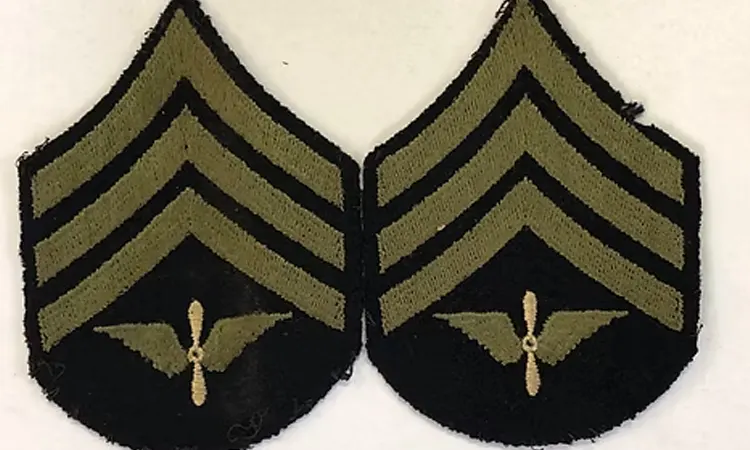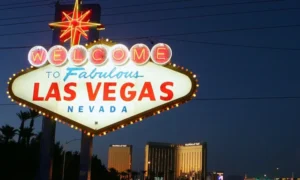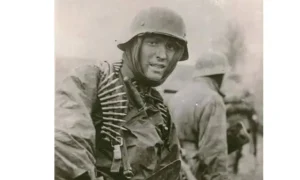These weren’t just some fancy labels slapped on uniforms, you know? Back in WWII, ranks were basically the secret code running the whole show. One stripe? Suddenly you’re the boss or maybe you’re just the guy fetching coffee, who knows. Toss a handful of stars on someone’s shoulder and, boom, they’re flipping the script for thousands of people with a single shout.
Army Medals & Insignia On Miltrade.com
Picture it: muddy boots in Normandy, teeth chattering on the Eastern Front ranks were the difference between “follow me” and “don’t even think about it.” Soldiers wore those badges like armor, each one soaked in sweat, fear, and, yeah, more than a little blood. These days, collectors and history nerds look at those patches and see way more than old fabric and rusty pins; they see whole lives stitched into the seams.
So here’s what we’re doing: breaking down WWII army rank systems from both sides of the fight, digging into the secret meanings behind all those stripes and stars, and showing why those patches are like catnip for collectors. Because honestly, when you hold one of those old rank patches, you’re not just holding some musty piece of cloth you’re gripping a piece of someone’s story, frozen in time.
Military Vehicles On Miltrade.com
Allied Forces U.S., Britain & USSR Ranks

United States Army Ranks
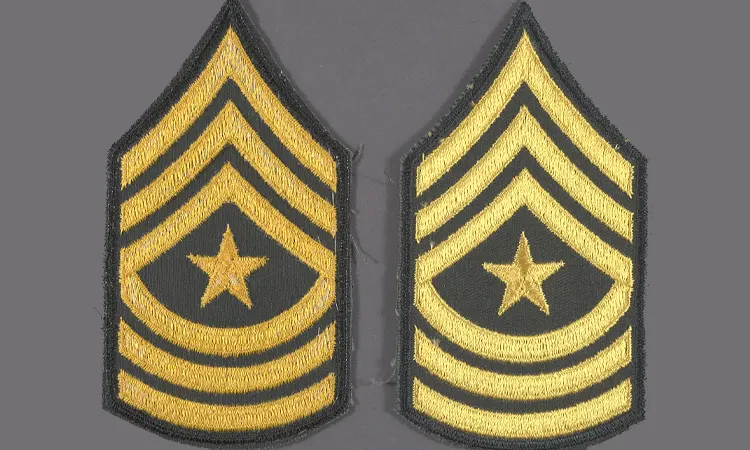
The US Army of WWII had a clear, structural hierarchy that was well balanced between commissioned officers, non commissioned officers (NCOs), and enlisted men.
Commissioned Officers:
- Second Lieutenant (2LT) → Fresh platoon leaders fresh out of Officer Candidate School
- Captain (CPT) → Company commanders typically in the thick of combat
- Colonel (COL) & General ranks → Theater-level and strategic command leadership
NCOs & Enlisted:
- Sergeant (SGT) & Staff Sergeant (SSG) → Backbone of the battlefield, leading squads and sections
- Private First Class (PFC) & Private (PVT) → The majority of the fighting force
British Army Ranks
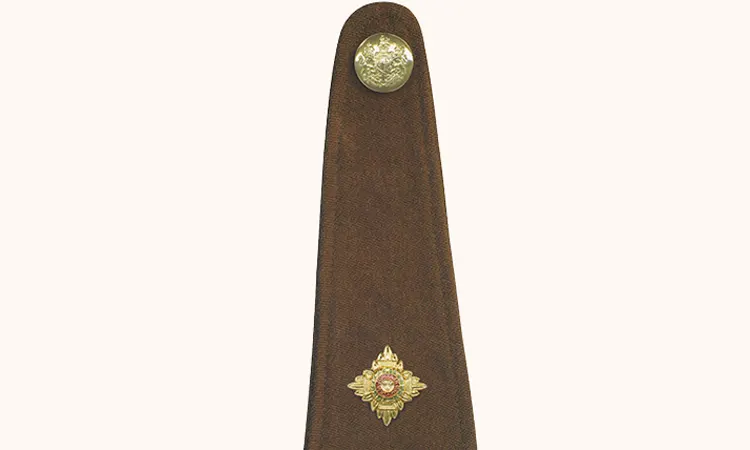
The British Army had an organisation based on tradition, immediately recognizable by its characteristic insignia.
Commissioned Officers:
- Second Lieutenant → Single star “pip” on epaulette
- Major → Crown insignia
- Field Marshal → Crossed batons in a wreath, surmounted by a crown
NCOs & Enlisted:
- Sergeant Major → Royal coat of arms badge
- Lance Corporal → Single chevron
Military Tanks On Miltrade.com
Summary of Army Ranks and Collector Appeal in World War II
| Army | Rank Example | Role | Collector Appeal |
|---|---|---|---|
| U.S. Army | Sergeant, Captain, General | Squad leadership to full strategic command | High Original chevrons and officer insignia on Miltrade |
| British Army | Lance Corporal, Major, Field Marshal | From section command to top field leadership | High Campaign-specific pips and crowns are collector favorites |
| Soviet Red Army | Ryadovoy, Senior Sergeant, General of the Army | Infantrymen to high command | Moderate Shoulder boards from 1943 design highly sought after |
| German Wehrmacht | Unteroffizier, Hauptmann, Generalfeldmarschall | From squad leader to full army group commander | Very High Eastern Front feldwebel boards in high demand on Miltrade |
| Specialists | Technician Third Grade, Pioniere, Signalman | Technical and support roles | High Unique branch insignia and trade badges are rare finds |
Soviet Red Army Ranks
The USSR restored its ranks in 1940, reintroducing personal ranks following decades of revolutionary abolition.
Officers:
- Junior Lieutenant to General of the Army
- Distinctive shoulder boards adopted in 1943, replacing earlier collar tabs
Enlisted:
- Red Army man (Ryadovoy)
- Starshina (Senior Sergeant) → Typically the most honored in the unit
Axis Powers
German Army (Wehrmacht) Ranks
The Wehrmacht rank system in WWII was centuries of Prussian military tradition in the making, and its titles carried both authority and deep cultural meaning.
Commissioned Officers (Offiziere):
Leutnant → Equivalent to Second Lieutenant (U.S./UK)
Hauptmann → Company leader; Captain equivalent
Oberst → Colonel equivalent
Generalfeldmarschall → Highest field command rank, usually commanding whole army groups
NCOs & Enlisted (Unteroffiziere & Mannschaften):
Unteroffizier → Squad leader; Sergeant equivalent
Feldwebel → Senior NCO, equal to Staff Sergeant or Sergeant First Class
Grenadier / Schütze → Basic infantryman
Technicians & Specialists The Hidden Backbone
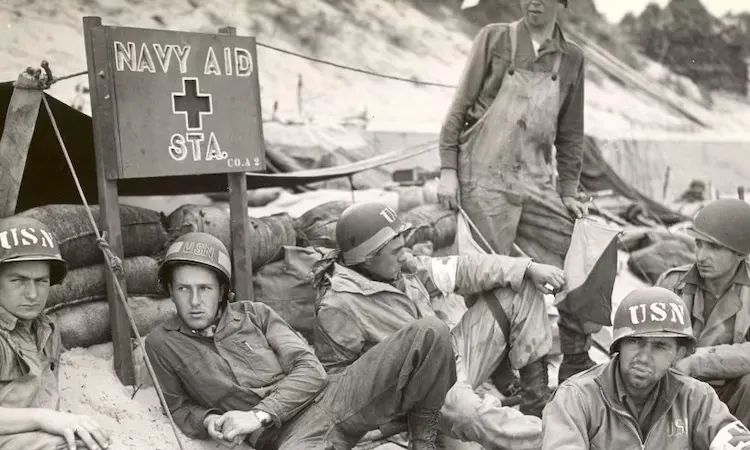
While the infantrymen guard the lines and generals plan battles, it was the specialists and technicians that made the army move, shoot, and communicate. In WWII, these were formalized into technical rank designations especially in the US Army and their efforts often made the difference between winning or losing.
Military Jeeps On Miltrade.com
United States Army Technicians
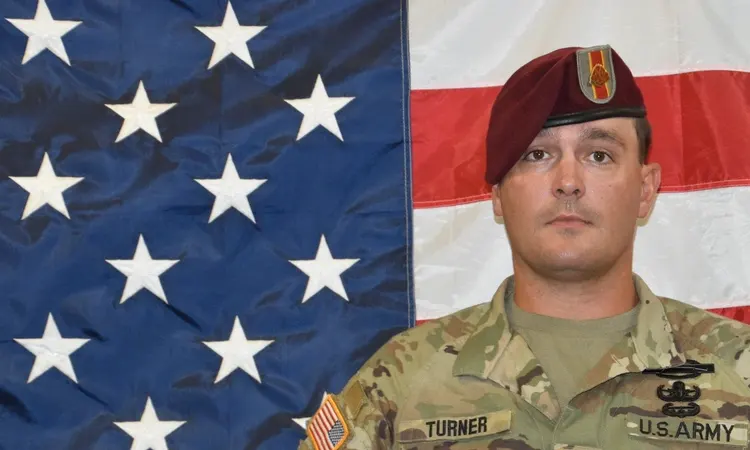
In 1942, the Americans created special Technician ranks for seasoned soldiers who may not have commanded troops but possessed valuable knowledge.
- Technician Third Grade (T/3) → Equivalent pay to a Staff Sergeant; positions like medics, mechanics, and radio operators
- Technician Fourth Grade (T/4) → Equivalent to Sergeant
- Technician Fifth Grade (T/5) → Equivalent to Corporal
Their insignia looked like standard chevrons with a “T” below small, but a badge of excellence.
British & Commonwealth Specialists
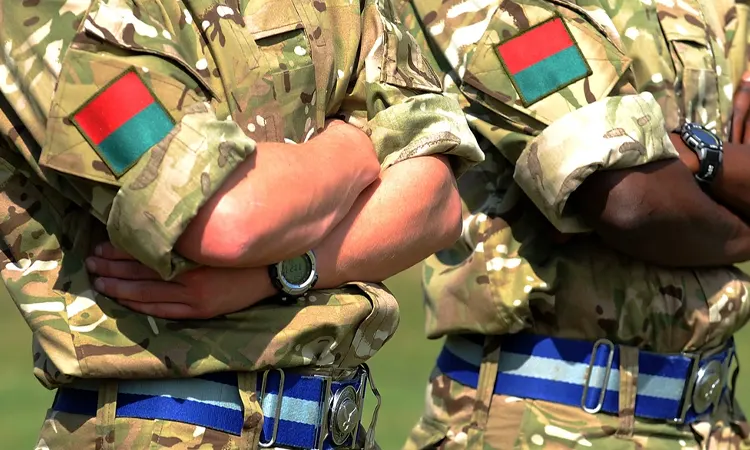
British Army used to rely on a mixture of NCO specialists armourers, signallers, and drivers each taught to carry out extremely specialized tasks. Although sometimes they didn’t have unique rank names, their trade badges indicated their roles (e.g., crossed flags for signalmen).
German Specialists
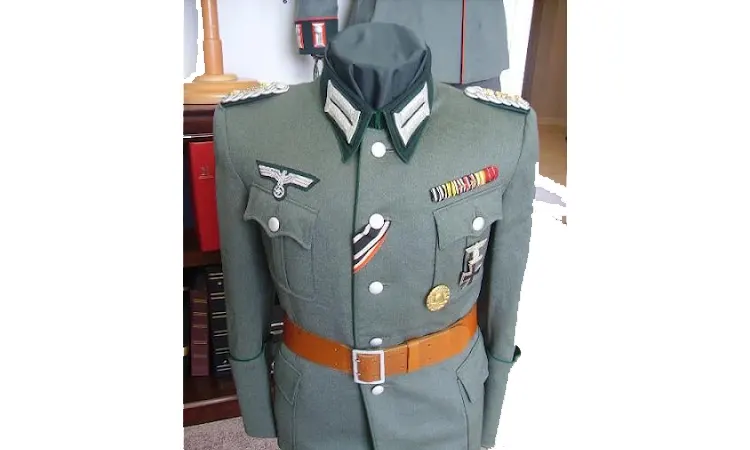
The technical core of the Wehrmacht were the Pioniere (combat engineers), Sanitäter (medics), and Funker (radio operators). Their ranks fit into the standard sequence, but branch of service insignia e.g., collar tabs or sleeve patches separated them.
Why It Matters for Collectors
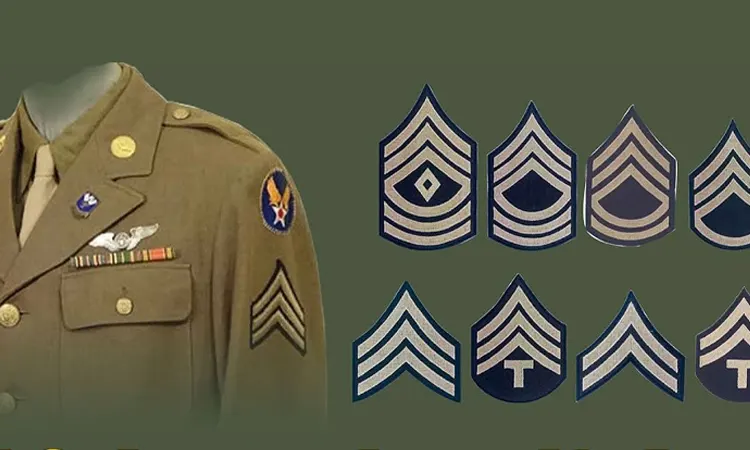
WWII army ranks man, those things were so much more than just flashy patches or shiny bits of metal. Every stripe or star? That’s not just “Oh, look, I’m in charge.” It’s a whole saga stitched or pinned on a uniform: who they were, where they slogged through mud or desert, who they ordered around (or got yelled at by), and what they survived. Sometimes you can practically feel the sweat and stories baked in.
Collectors get it. Picking up an old U.S. sergeant’s chevrons from Normandy or a battered British officer’s pips from the North Africa campaign? That’s like holding a time machine. German feldwebel shoulder boards from the Eastern Front? Those aren’t just souvenirs they’re soaked in identity and grit.
You dig around on miltrade, and boom you’ll stumble onto real WWII rank insignia, battered helmets, uniforms that saw action. Each piece isn’t just “stuff” for a shelf. It’s a fragment of someone’s lived chaos, a real chapter from a way bigger story. And hey, that story’s sitting right in your palm.
Conclusion
Back in WWII, ranks weren’t just for show they basically kept the whole machine running. Imagine trying to direct millions of people without any kind of pecking order. Total disaster. Your rank told you who you had to listen to and who had to listen to you. No guesswork.
These days, those old stripes and badges? Still kicking around, stitched into uniforms and stashed away by collectors who geek out over this stuff. It’s not just about old battles or dusty gear it’s about the actual folks who wore that stuff. Want to actually get your hands on a piece of that history? Check out miltrade That’s where the real stories stick around, not just in some textbook, but in the stuff you can actually hold.
FAQs
Were WW2 ranks a big deal in the field?
Oh, yes. Your rank decided everything from who gave you orders, to whether you were giving orders or digging a ditch. That little patch or stripe could mean life and death.
What kinds of WW2 rank insignia are found on Miltrade?
I’ve seen everything from Normandy sergeant chevrons to Eastern Front feldwebel shoulder boards. Some still have the original stitching and wear marks.
Why do collectors go crazy over rank patches and badges?
Because they’re more than fabric or metal they’re personal history. Every crease, stain, and dent is a story from a real person’s service.
Were rank systems the same across all WW2 armies?
No way. The U.S., British, Soviet, and German systems all had their own structure, symbols, and traditions. That’s half the fun of collecting them.
If you were going to start collecting real WW2 rank insignia, where would you go?
Honestly? Miltrade’s your best bet. It’s full of authenticated, original items much safer than taking your chances at a flea market.
